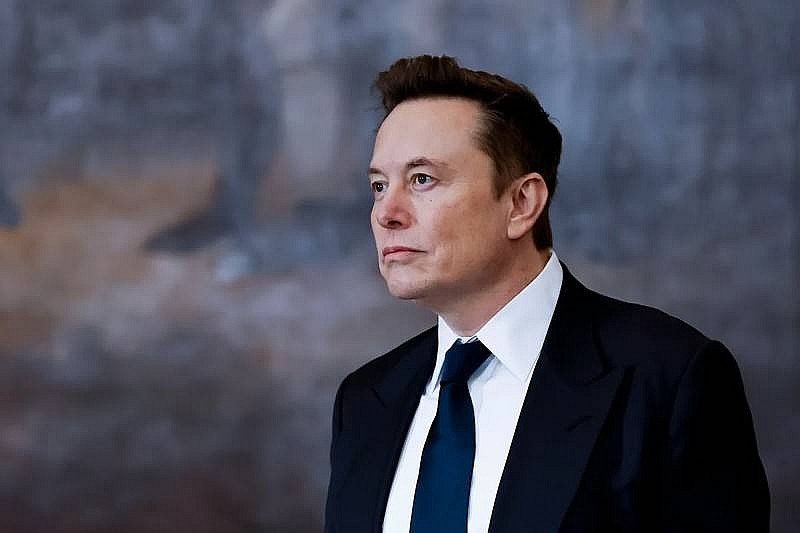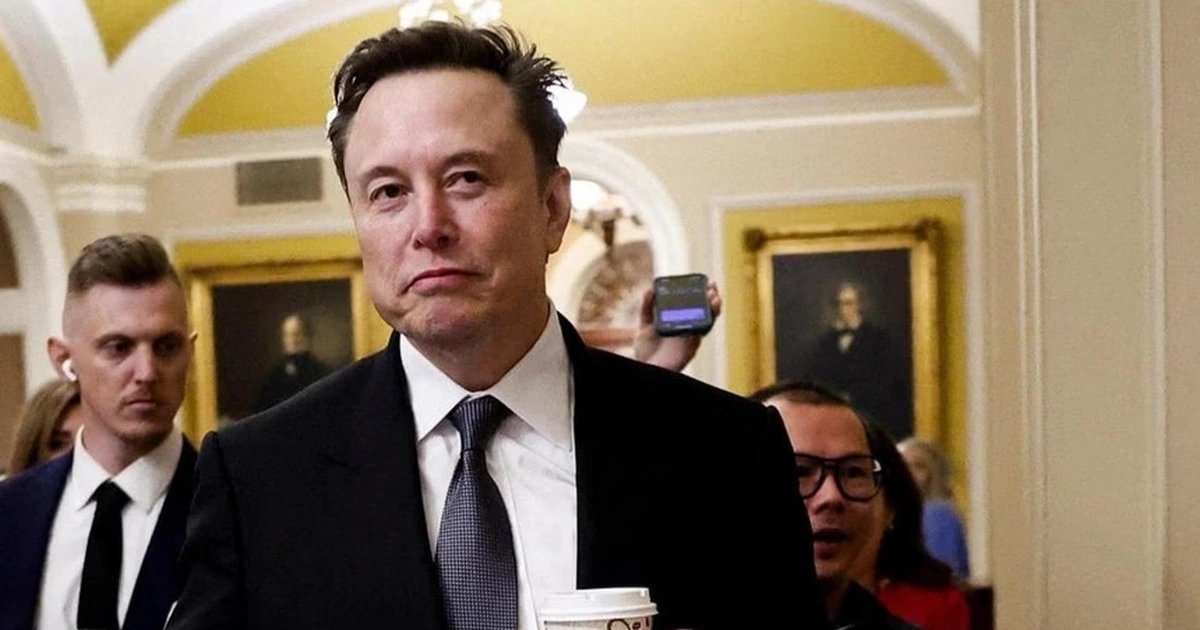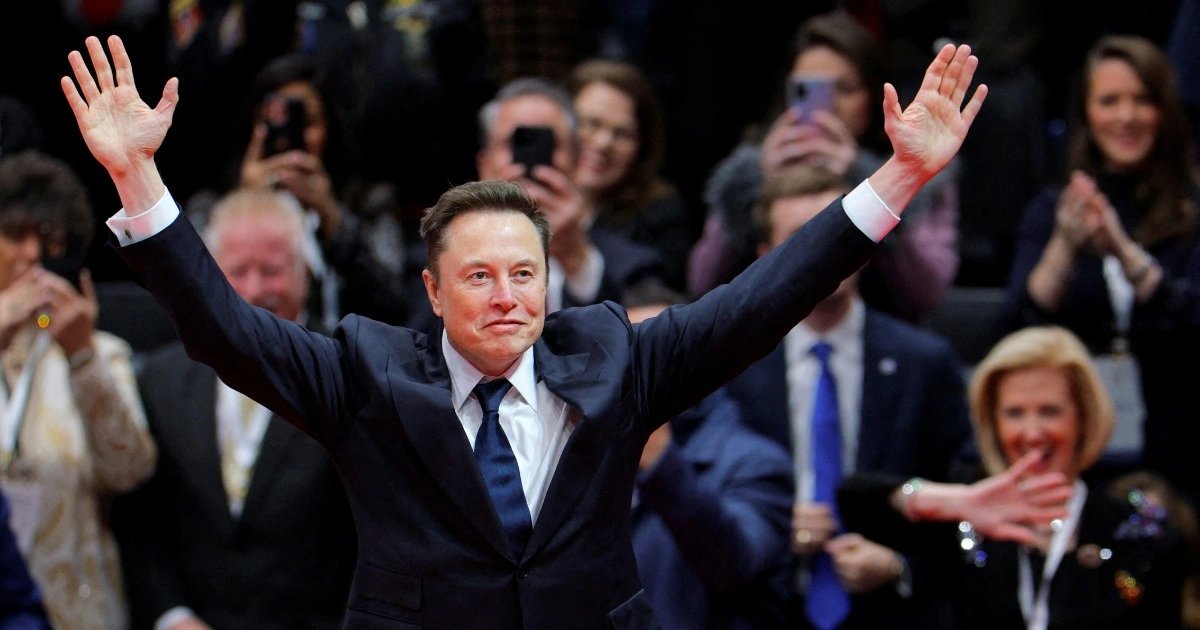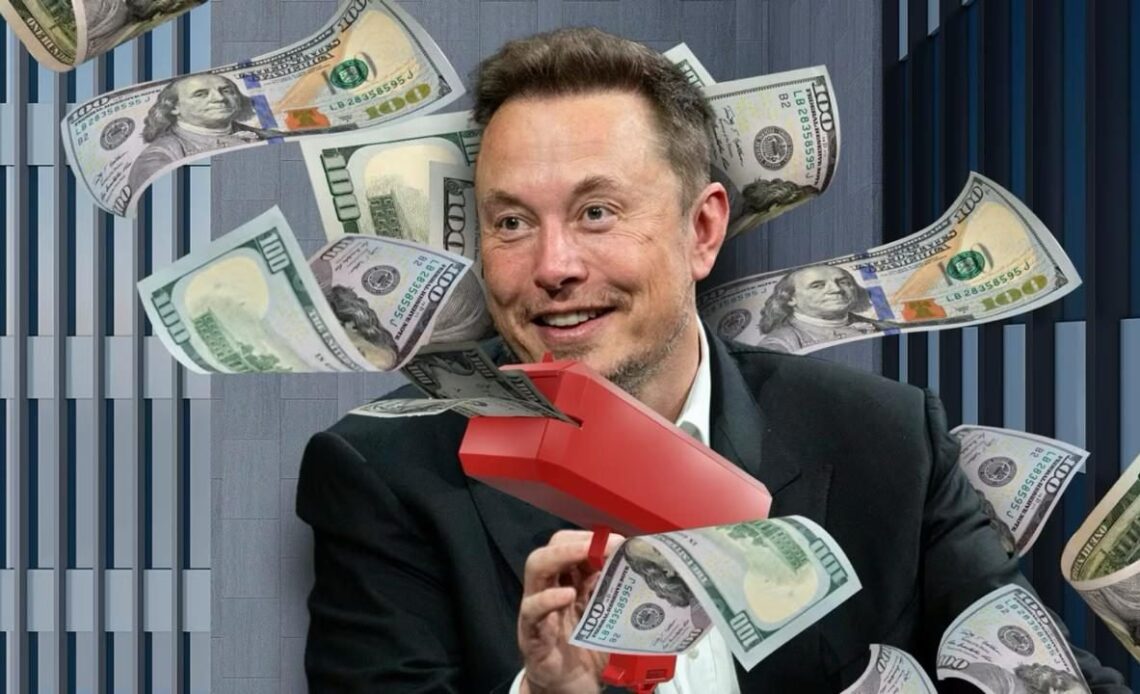Elon Musk, the renowned entrepreneur and CEO of Tesla and SpaceX, has recently proposed an ambitious initiative aimed at providing financial relief to American taxpayers. Dubbed the “DOGE Dividend,” this plan seeks to distribute $5,000 to every tax-paying household in the United States, funded by savings identified through the Department of Government Efficiency (DOGE). This proposal has garnered significant attention and sparked discussions about its feasibility, potential impact, and the challenges it may face.
**Understanding the DOGE Dividend Proposal**

The concept of the DOGE Dividend was first introduced by James Fishback, CEO of the investment firm Azoria and an advisor to DOGE. Fishback suggested that 20% of the savings achieved by DOGE—targeted at $2 trillion—should be returned to taxpayers as a form of rebate. With approximately 79 million tax-paying households in the U.S., this would amount to a one-time payment of about $5,000 per household. The rationale behind this proposal is to compensate taxpayers for governmental waste and incentivize the reporting of such inefficiencies, thereby increasing trust in the government.
**Elon Musk’s Endorsement and Presidential Support**
Elon Musk responded positively to Fishback’s proposal, indicating his intention to discuss the idea with President Donald Trump. Musk’s involvement has added considerable weight to the proposal, given his influential role in spearheading government efficiency measures through DOGE. President Trump has also expressed support for the concept, stating that the numbers are “incredible” and suggesting that a portion of the savings be returned to American citizens while another portion is used to pay down national debt.
**The Department of Government Efficiency (DOGE): An Overview**
Established by executive order on President Trump’s first day back in office, DOGE’s mission is to modernize federal operations, reduce waste, and enhance productivity. Elon Musk has been at the forefront of this initiative, leading efforts to identify and eliminate inefficiencies across various government departments. As of February 2025, DOGE reported achieving $55 billion in savings through measures such as fraud detection, contract cancellations, and workforce reductions.

**Feasibility and Challenges of the DOGE Dividend**
While the prospect of a $5,000 rebate is appealing, several challenges and considerations must be addressed:
1. **Achieving the $2 Trillion Savings Target:** DOGE’s current savings of $55 billion are significantly short of the $2 trillion goal. Realizing such substantial savings would require extensive budget cuts, potentially impacting critical programs like Medicare, Medicaid, and the Department of Defense.
2. **Congressional Approval:** Any plan to distribute funds to taxpayers necessitates legislative approval. Given the political complexities and differing priorities within Congress, securing such approval may prove challenging.
3. **Legal and Constitutional Considerations:** DOGE’s authority and actions have faced legal scrutiny, with questions arising about the constitutionality of its measures and the extent of its power. These legal challenges could hinder the implementation of the DOGE Dividend.
4. **Economic Impact:** Distributing $5,000 to millions of households could stimulate the economy by increasing consumer spending. However, it may also contribute to inflationary pressures, depending on how recipients choose to use the funds.
**Public Reception and Expert Opinions**

The proposal has elicited mixed reactions from the public and experts alike. Supporters argue that returning a portion of government savings to taxpayers is a fair and effective way to reward citizens and promote trust in governmental operations. Critics, however, question the practicality of achieving the necessary savings and express concerns about the potential impact on essential public services. Jessica Riedl, a senior fellow at the Manhattan Institute, highlighted the modest nature of the current savings, suggesting that the actual rebate per household would be minimal unless significantly more savings are realized.
**Historical Context and Precedents**
The idea of distributing government savings or surplus funds to citizens is not entirely new. Similar initiatives have been implemented at the state level, such as Alaska’s Permanent Fund Dividend, which annually distributes a portion of the state’s oil revenues to residents. However, implementing such a program at the federal level presents unique challenges and has limited precedent.
**Potential Benefits of the DOGE Dividend**
If successfully implemented, the DOGE Dividend could offer several benefits:
– **Economic Stimulus:** Injecting funds directly into households could boost consumer spending, potentially invigorating various sectors of the economy.
– **Increased Government Accountability:** By demonstrating a tangible return of savings to taxpayers, the government may enhance public trust and encourage citizen engagement in identifying wasteful spending.
– **Precedent for Future Efficiency Measures:** Successfully executing such a program could set a precedent for future initiatives aimed at improving government efficiency and sharing the benefits with citizens.

**Conclusion**
Elon Musk’s proposal for a $5,000 DOGE Dividend represents an innovative approach to government efficiency and taxpayer relief. While the concept has garnered notable support, particularly from President Trump, its realization faces significant hurdles, including achieving substantial budgetary savings, obtaining legislative approval, and navigating legal complexities. As discussions continue, the proposal serves as a catalyst for broader conversations about government spending, efficiency, and the relationship between the state and its citizens.
The coming months will be critical in determining the viability of the DOGE Dividend and its potential impact on the American populace. Stakeholders, policymakers, and citizens alike will be closely monitoring developments, weighing the promise of financial relief against the practical challenges of implementing such an ambitious initiative.
